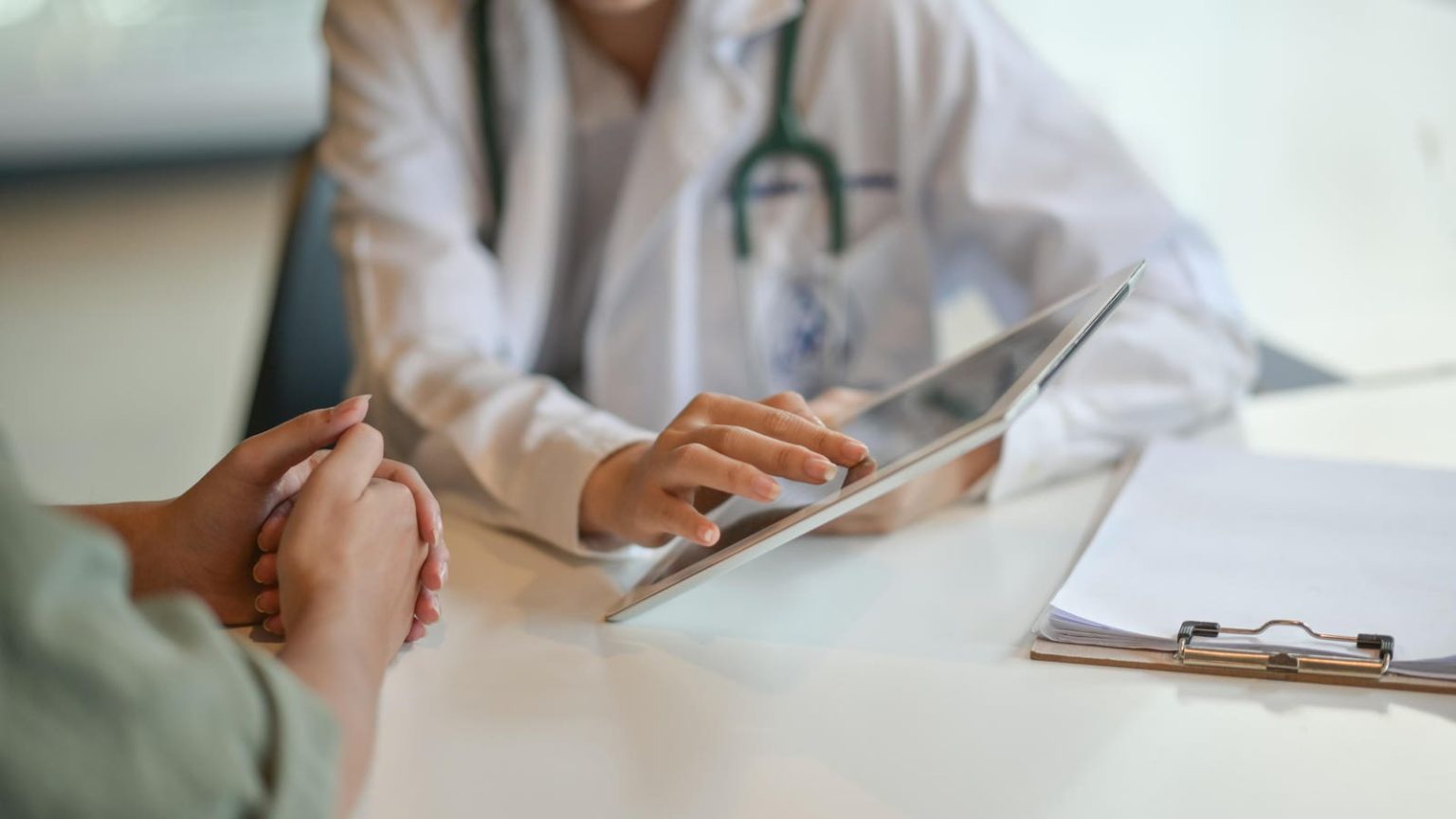What is a surprise medical bill? Why do people get these bills, and can it happen to me? originally appeared on Quora: the place to gain and share knowledge, empowering people to learn from others and better understand the world.
Answer by Adam Biener, Assistant Professor of Economics at Lafayette College, on Quora:
Imagine you slip on ice and break your arm. As the EMTs slide you into the ambulance you say, “please take me to the hospital that takes my insurance!” You spend a few hours in the ER, get an X-ray, have your arm put in a cast, and expect that all you will owe is a copay for covered emergency medical care. A month later you receive a sizable bill from an out-of-network radiologist who read your scan. This bill is a surprise because you thought you were being treated at an in-network hospital by in-network doctors. How could this happen?
Before 2022, nearly one-in-five patients with private insurance who sought emergency care at in-network hospitals were treated by a separately billing physician in the ER who did not participate in their insurance network (Garmon and Chartock, 2017). An out-of-network physician has no agreed upon payment with your insurer, and could send you a bill for the balance of what remained on their charge after any payment received from your insurance. This balance bill could be many hundreds or thousands of dollars and failure to pay could result in your bill being sent to a debt collector. While some states like New York and California passed legislation to ban these balance bills, a nationwide federal law called the No Surprises Act made it illegal for physicians to send balance bills for out-of-network care rendered in an emergency room starting in 2022.
Balance bills for emergency care at first may seem to be perfectly reasonable. Your local Starbucks isn’t expected to honor your Dunkin Donuts discount card for a free 10th coffee, why should an ER doctor have to refrain from billing you if they do not participate in your insurance network? The reason this practice is now unlawful is because it is the result of a market inefficiency that puts consumers at a disadvantage when shopping for emergency medical care.
It may be strange to think about shopping for the right ER in an emergency, but like in our simple example above, choosing the ER that is in your insurance network is a kind of shopping on price, where you try and choose the in-network ER whose cost will be mostly paid by insurance. Unlike shopping for coffee however, many patients may have little or no choice of ER in their area. Even if they have a choice, they may be seen in a physician in the ER who is out-of-network or have an ancillary service performed by an out-of-network provider that they never even meet.
If a patient cannot shop based on price because there is a lack of information or too few options in the market, there is an incentive for sellers to set prices like a monopolist that is above the real value of the service to the patient. In this context, a physician treating patients in the ER could earn higher revenue by billing out-of-network than by participating in your insurance network because patients in an emergency could not avoid encountering these physicians in an emergency.
The federal No Surprises Act protects most patients from receiving these balance bills for ER care, non-emergency care from out-of-network providers at in-network facilities and for out-of-network air ambulance rides. So while you are no longer likely to receive a balance bill for care in the emergency room, ground ambulance rides are carved-out of the law and you can still receive a surprise bill for an out-of-network ambulance ride. How effective earlier state-level consumer protections and the new Federal law are at protecting consumers and how they will affect patients’ access to emergency care are open research questions that economists are researching right now.
This question originally appeared on Quora – the place to gain and share knowledge, empowering people to learn from others and better understand the world.
Read the full article here





